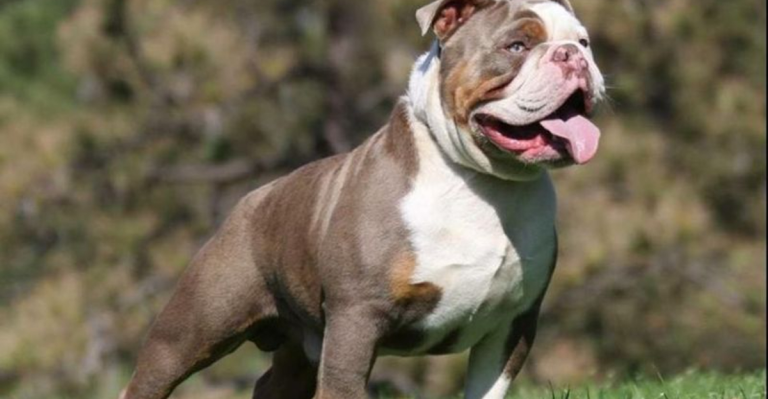15 Small Dog Breeds With Big Challenges Every Owner Should Know
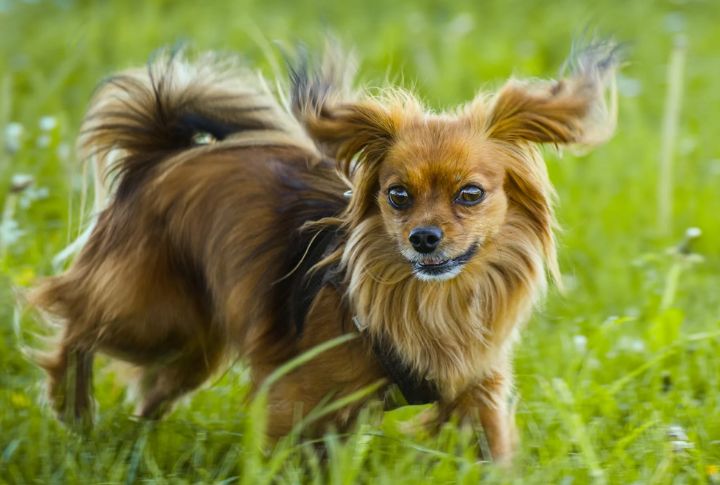
Tiny dogs may steal hearts with their charm, but they come with challenges that can catch owners off guard. Some demand constant grooming, others struggle with health issues, and a few have personalities bigger than their size. Knowing what to expect can make all the difference—here are 15 small breeds with big challenges.
Chihuahuas And Their Extreme Reactivity

A sudden noise, even as faint as a creaking door, can send a Chihuahua into a barking frenzy. Dr. Stanley Coren, author of “The Intelligence of Dogs,” explains that their nature makes them prone to defensive barks and trembles. Studies from the University of Helsinki indicate that small-breed dogs commonly exhibit heightened fear responses.
Cavalier King Charles Spaniels’ Deep Emotional Bonding
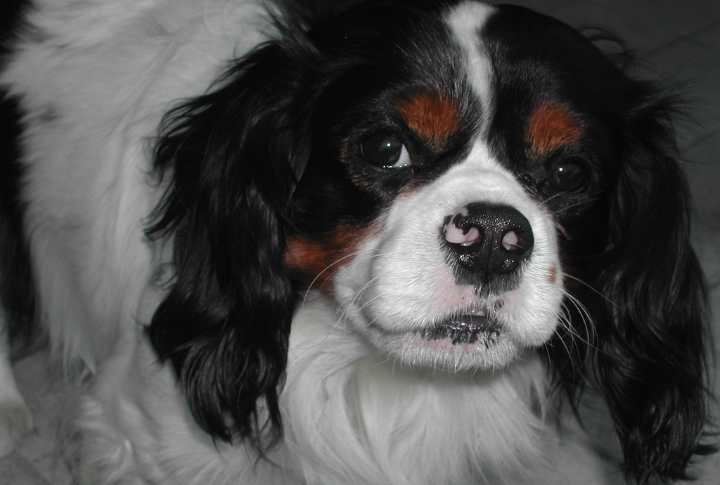
A Cavalier King Charles Spaniel may whimper or resort to destructive behaviors when craving companionship. Known for being prone to separation anxiety, the exact prevalence varies, but their need for affection is undeniable. If their emotional needs aren’t met, their loving nature can quickly turn clingy.
Pekingese And Their Unique Training Challenges
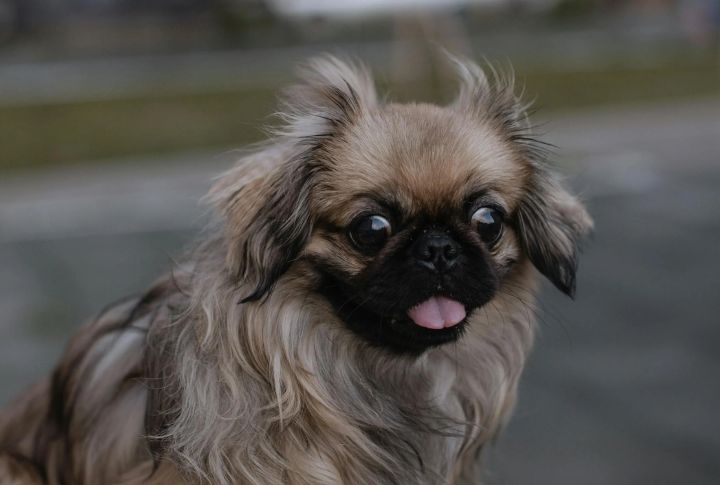
The Pekingese are categorized as difficult to train compared to other breeds. Historically pampered by Chinese royalty, they never had to answer to anyone. According to “Pekingese Central,” they require positive and consistent training methods. Consider treats or reward-based early stimulation for this intelligent pup.
Shih Tzus’ Coat That Requires Constant Care
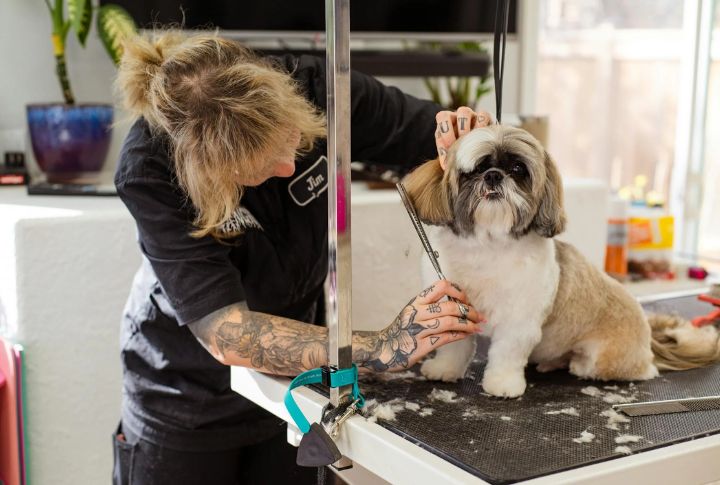
Without frequent grooming, a Shih Tzu’s long coat can become a tangled mess, which leads to painful matting and even skin infections. The American Kennel Club (AKC) highlights their continuously growing coat traps moisture and debris. Plus, a survey by the National Canine Grooming Association found that regular trims every 4 to 8 weeks based on the length of hair.
Poodles’ Mental Drive That Never Stops

Dr. Stanley Coren, author of “The Intelligence of Dogs,” ranks them among the most intelligent breeds and places them in the top three for working intelligence. However, without mental stimulation, Poodles often resort to excessive barking, destructive acting out, and obsessive attention-seeking behaviors.
Bichon Frises’ Extreme Sensitivity To Solitude
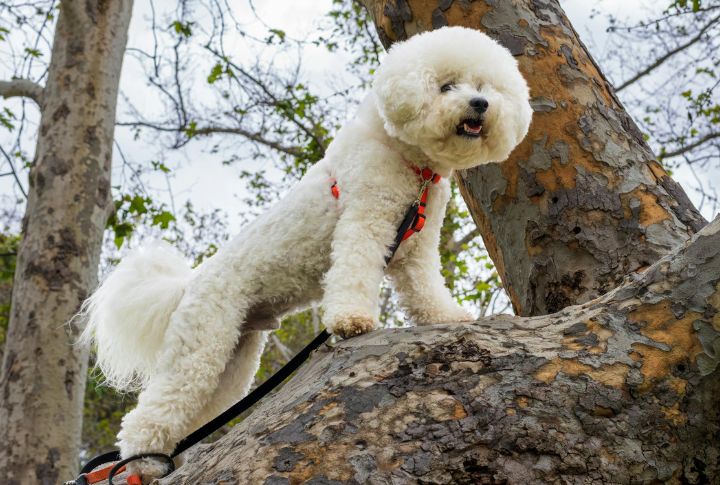
They can turn a peaceful home into a symphony of barks and shredded cushions if left alone for too long. Bichon Frises are known for their strong attachment to their owners and are particularly prone to separation anxiety. In fact, studies in Veterinary Behavior reveal that without early intervention, their barking and compulsive behaviors can spiral out of control.
Yorkshire Terriers’ Tiny Bodies, Delicate Digestion

Hess et al. (1999), in their paper ‘Evaluation of risk factors for fatal acute pancreatitis in dogs,’ found that Yorkshire Terriers were overrepresented among cases of fatal acute pancreatitis, suggesting a potential breed predisposition. The Merck Veterinary Manual notes that dietary modification is important, and sudden changes in diet can lead to gastrointestinal disturbances.
French Bulldogs’ Extreme Sensitivity To Heat
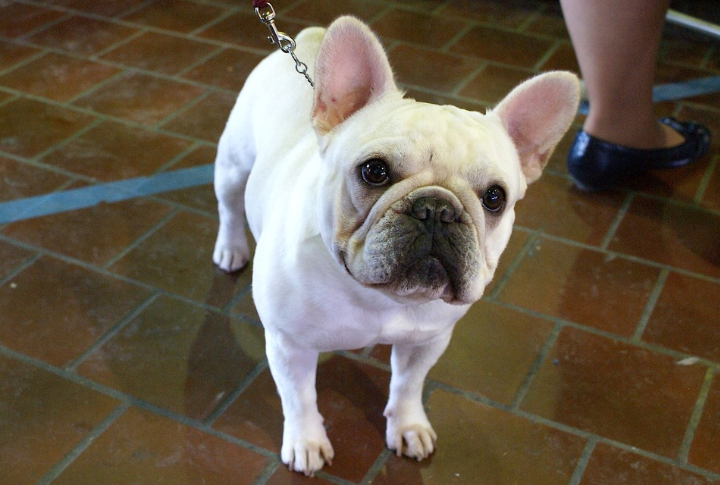
The Royal Veterinary College’s research confirms that brachycephalic breeds, including French Bulldogs, face a significantly higher risk of heatstroke than other breeds. Their short noses limit airflow, and even mild temperatures are risky. For them, overheating isn’t just uncomfortable; it can be fatal if not addressed quickly.
Dachshunds’ Strong-Willed Independence
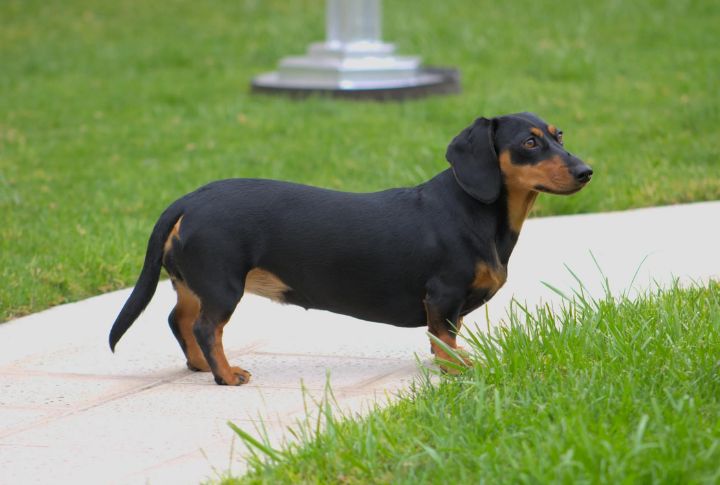
To a Dachshund, rules are more like friendly recommendations than strict instructions. They were bred as independent hunters. Research by Stanley Coren in “The Intelligence of Dogs” ranks them in the mid-range for obedience intelligence. Their hunting background contributes to their selective responsiveness to commands, requiring firm and patient training.
Pugs’ Struggle With Humid Climates
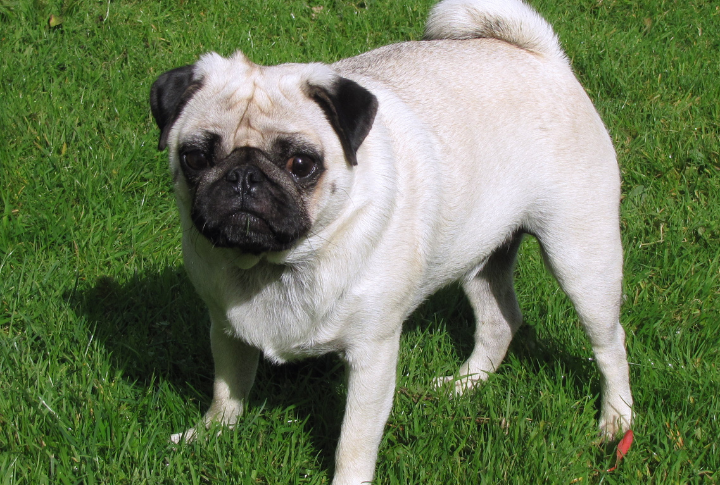
Without proper ventilation and limited outdoor activity, these dogs risk respiratory failure even in mildly warm conditions. Studies indicate that BOAS affects around 53% of Pugs to varying degrees, with severe cases seen in close to 17% of the breed. It is important to monitor and manage the respiratory health of Pugs due to their heightened susceptibility to BOAS.
Italian Greyhounds’ Risk Of Sudden Fractures
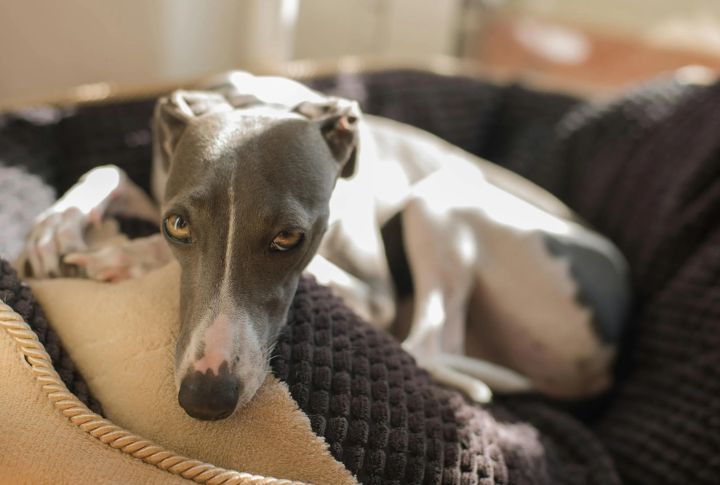
While this breed is known for its speed and grace, their thin limbs make them prone to fractures. Italian Greyhounds have a delicate bone structure that makes them particularly vulnerable to fractures. Studies have documented a fracture prevalence of 1.85% in females and 2.27% in male Italian Greyhounds.
Maltese And Their Extreme Cold Sensitivity
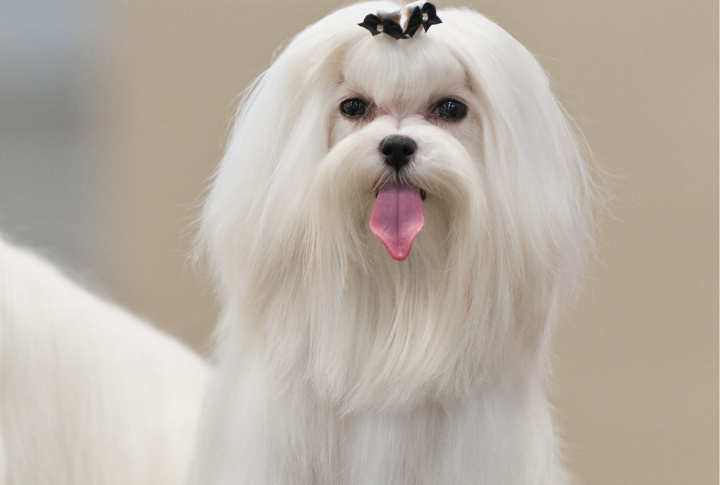
Maltese dogs are highly sensitive to temperature changes, where even a slight drop can feel like an Arctic blast. Without an undercoat, they’re especially vulnerable to the cold. The American Veterinary Medical Association (AVMA) recommends keeping them in warm indoor environments, and a cozy wooly jumper would help keep them extra comfy.
Miniature Schnauzers’ Skin That Demands Attention
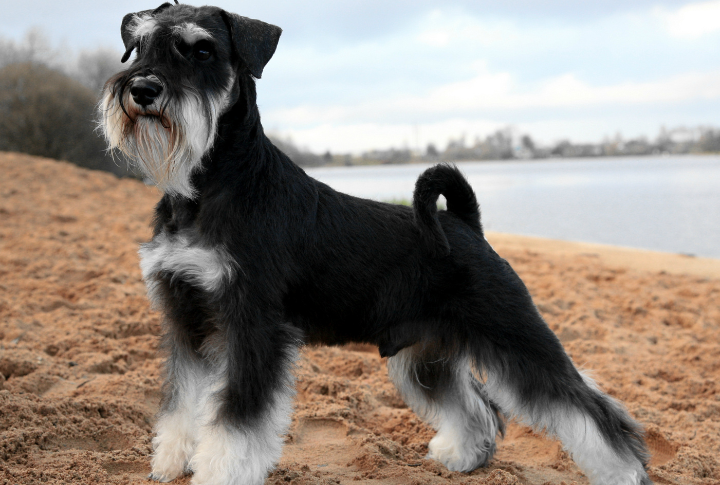
Scratching and irritation with redness are a frequent reality for Miniature Schnauzers, who often battle persistent skin issues. Schnauzer comedone syndrome causes follicular issues along the back, and atopic dermatitis is seen in the breed. Veterinary dermatologists recommend using mild anti-seborrheic shampoos to help manage repeated infections and keep their skin healthy.
Coton de Tulears’ Genetic Eye Disorders
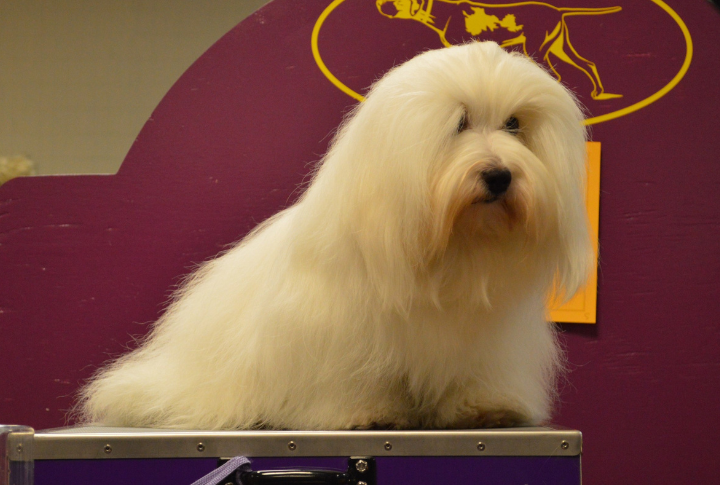
This breed is prone to Progressive Retinal Atrophy (PRA), an eye disorder leading to blindness, and Canine Multifocal Retinopathy type 2. According to the European College of Veterinary Ophthalmologists (ECVO), CMR2 is caused by mutations and leads to multifocal retinal detachments. Regular ophthalmic screenings can help detect these conditions early.
Pomeranians’ Endless Grooming Needs
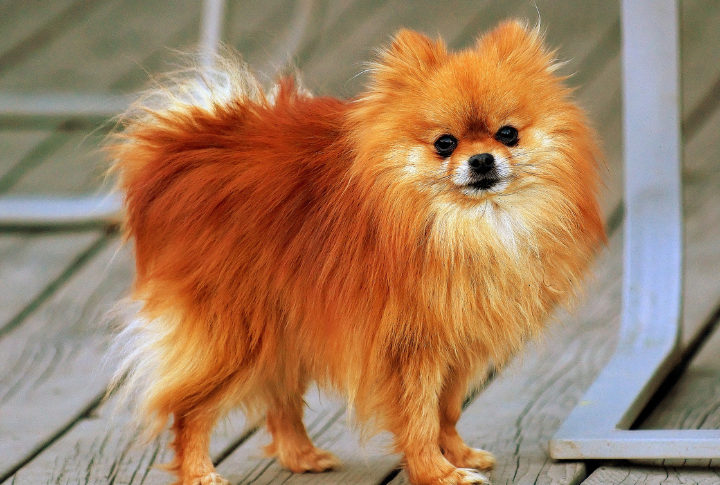
According to the AKC, a Pomeranian’s thick undercoat sheds year-round, which means regular grooming is essential. Daily brushing helps prevent matting and skin irritation, keeping their coat healthy. Both the AKC and professional groomers stress the importance of consistent upkeep to avoid painful tangles and reduce excessive shedding.



